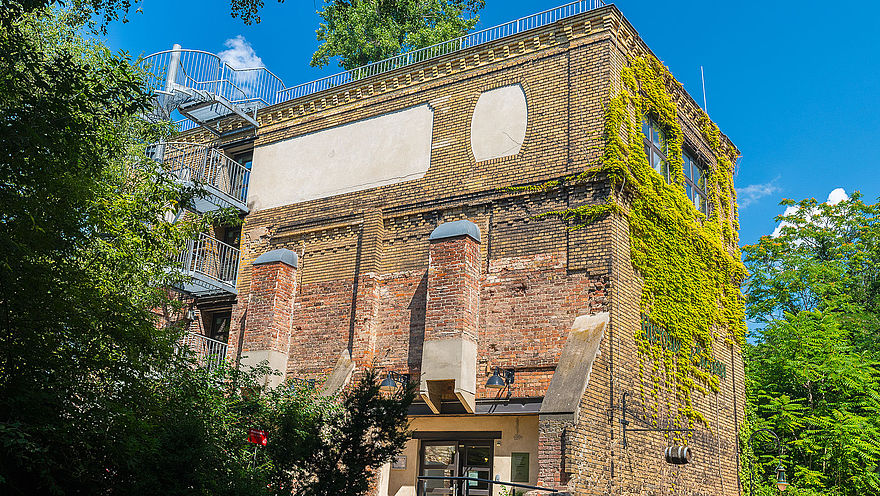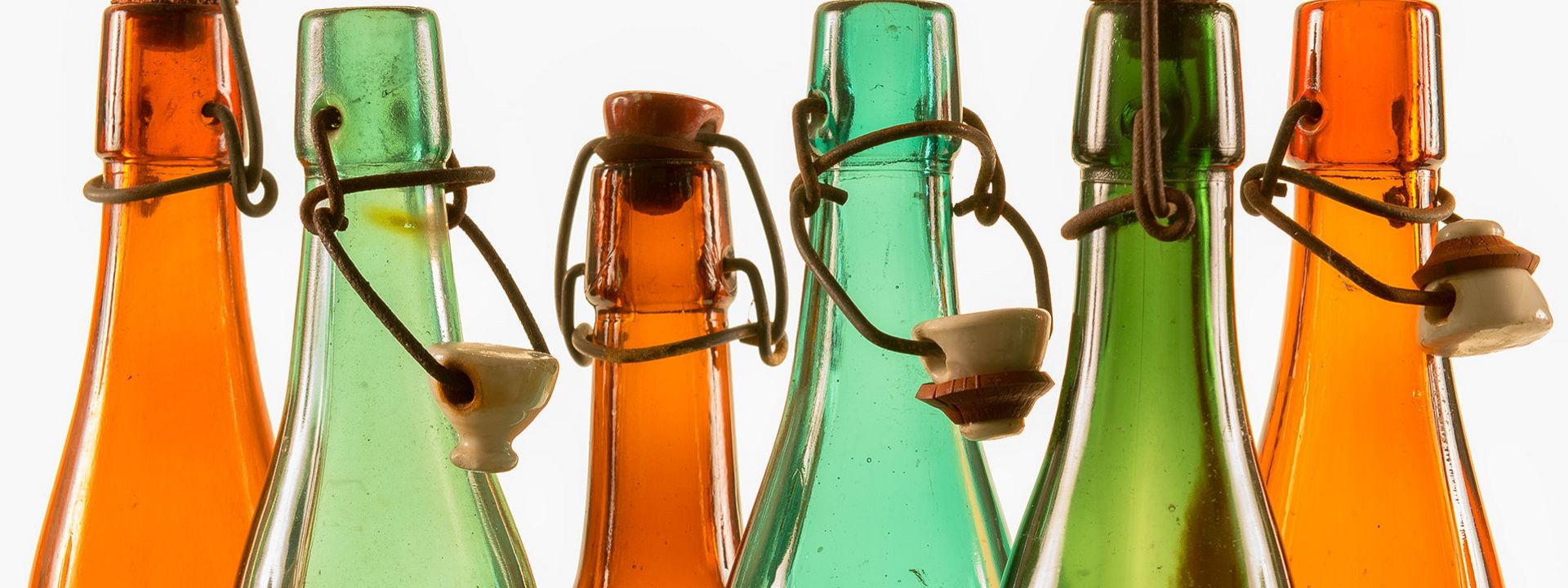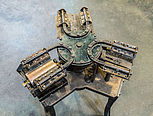Please note: The Historic Brewery is only open during guided tours.
Free public tours are expected to take place from April 2024. You will then find all information about the guided tours here.
The Land of Poets, Philosophers, and 5,000 Kinds of Beer
Germany is the land not only of poets and philosophers, but also of beer brewers and beer drinkers. German beer has been brewed according to the Purity Law for over 500 years. Using only the four ingredients it allows – malt, water, hops, and yeast – Germans have created a diverse range of beers perhaps unparalleled around the world. Over 5,000 different beers are currently brewed in Germany. The heartland of brewing is Franconia, but Berlin also used to be one of the largest centers of German brewing. There were once dozens of breweries in the capital.

SDTB / C. Kirchner
From Artisanal to Industrial Beer Production
The history of beer has deep roots in human history. The earliest written document referring to beer is about 6,000 years old and comes from the Sumerians of Mesopotamia, in what is now Iraq. They are thus considered the forefathers of the art of brewing. This art developed in the centuries that followed. Down to the mid-19th century it remained an artisanal craft whose mastery was based on practical experience. During the second half of the 19th century, German brewing and malting transformed from a manual trade to an industry all its own. The Historical Brewery traces this development and explains the scientific insights and innovations on which it was founded.
The Brewhouse – A Wonder of Technology

SDTB / N. Michalke
In what was once a beer storehouse belonging to the Nuremberg brewery Tucher Bräu AG, various pieces of equipment are now arranged to illustrate the steps in the brewing process as practiced in the early 20th century. Brewers at the time distinguished between three phases of production: malting in the malt house, mashing in the brewhouse, and the final steps of cooling, fermentation, and lagering, which took place in the cellar. The highlight of the exhibition is the shiny copper brewing kettle and lauter tun. Their handwheels and pipework make them a wonder of historical technology. This is where batches of water, hops, and malt were brewed and filtered to make the wort. At a small worktable, the brewer monitored the breakdown of starch into maltose, or malt sugar. The wort was then fermented and matured for several weeks in large wooden casks. Only then was the beer ready to be bottled.
The rest of the brewing equipment is exhibited on four levels around the brewhouse. It is arranged so as to clearly illustrate the most important steps in the production of malt and beer.
Highlights

Labeling machine
Modern machines can label up to 50,000 bottles per hour. The labeling machine on display here, however, was operated by hand, and each bottle had to be labeled individually. Beer bottles were once a luxury; only the rich could afford bottled beer.
Manufacturer and date unknown

Bottle filler
Each bottle was filled individually. First the pressure between the cask and the bottle was equalized, and then the beer was put in.
Manufacturer and date unknown

SDTB / C. Kirchner
Brewing Kettle
The brewer used the brewing kettle to heat the mash. The liquid created during mashing is called ‘wort.’ After the wort was filtered in the lauter tun, hops were be added to give the beer a longer shelf life. The more hops the brewer added, the hoppier – that is, the bitterer – the finished beer would taste.
A. Ziemann, date unknown

Fermention vat
The fermentation part of the brewing process takes place in the fermentation vat. First the wort is cooled to keep the yeast that now gets added from being damaged. The yeast turns the maltose that has been released in the wort into carbon dioxide and alcohol. Depending on the type of beer being brewed, fermentation can take anywhere from a few days to two weeks. During secondary fermentation in a separate cask or tank, the carbon dioxide is retained in the beer, thus providing carbonation.
Manufacturer and date unknown





